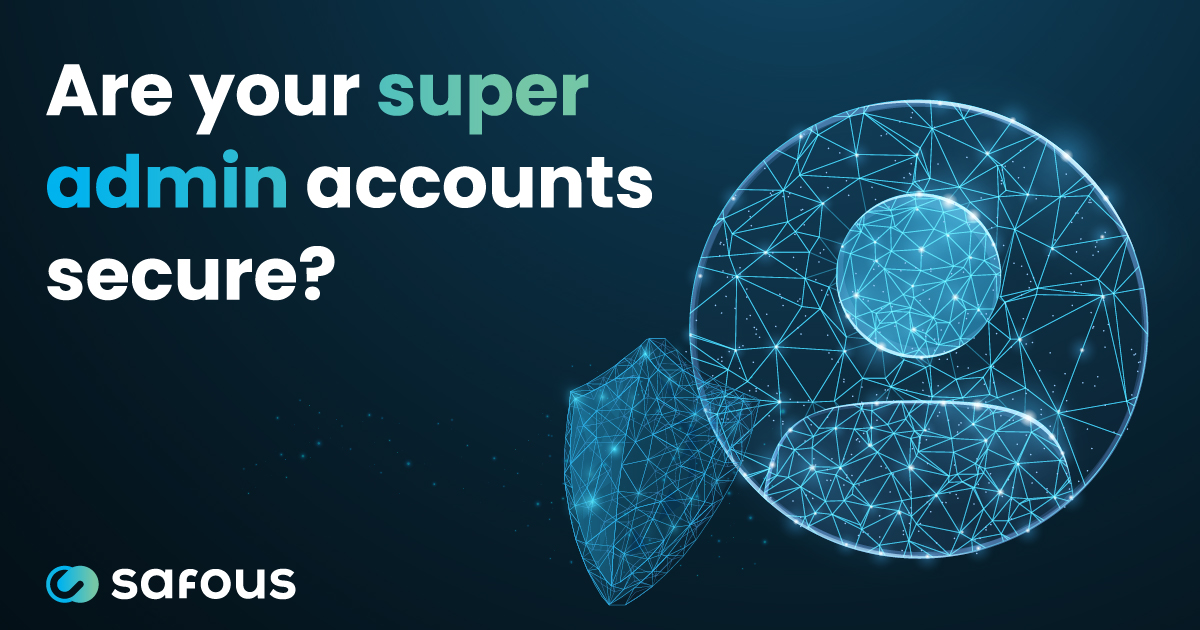The finance industry is facing an unprecedented surge in cyberattacks. As these cyberattacks become more sophisticated, financial institutions find themselves prime targets due to their vast stores of sensitive data and critical systems. The stakes are high, and the pressure to fortify defenses has never been greater.
In this blog, we’ll explore the changing cybersecurity landscape for financial organizations and how zero trust access (ZTA) solutions can help safeguard your company’s digital assets.
The Cybersecurity Landscape in Finance
As more financial institutions move services online and adopt technologies like cloud computing and AI, they face an ever-evolving set of vulnerabilities. IBM’s 2024 data breach report found that the average cost of a data breach in the financial sector reached $6.08 million last year – an increase of 3% from 2023’s report.1 This uptick reflects risks like the growing prevalence of cyber threats and expanding attack surfaces across the industry.
Cybercriminals use a wide range of tactics, from ransomware and phishing to advanced supply chain attacks, to breach financial systems. The motivation is clear: financial gain, access to sensitive data, and the potential to disrupt entire economies.
Notable Cyberattacks on Financial Institutions
To understand the severity of the current threat landscape, consider some of the most significant cyberattacks on financial institutions in recent years:
Bank of America Data Breach
Bank of America reported a ransomware attack in February 2024 that affected over 55,000 customers.2 The breach, which targeted one of the bank's service providers, exposed personal details including names, addresses, phone numbers, social security numbers, account numbers, and credit card information, highlighting the risks associated with third-party software.

SolarWinds Attack
The SolarWinds supply chain attack in late 2020 had far-reaching implications across multiple industries, including finance. Hackers infiltrated SolarWinds' Orion software, which was widely used by financial institutions for network management. As a result, the attackers gained access to sensitive data and systems within numerous organizations.
Capital One Data Breach
In 2019, Capital One suffered a data breach that exposed the personal information of more than 100 million customers.3 The breach was caused by a misconfigured web application firewall, which allowed a former employee to gain access to sensitive data. The aftermath of the breach included legal actions, financial penalties, and reputational damage to the institution.
Combating Cyber Threats With Zero Trust Access
Given the escalating complexity of cyberattacks, financial institutions must adopt a proactive approach. Zero trust access offers a robust framework to address these threats by fundamentally changing how access to critical systems is managed.
Key benefits of ZTA include:
Threat Prevention
ZTA operates on the principle of "never trust, always verify." By continuously verifying identities and enforcing strict access controls, ZTA prevents unauthorized access and reduces the risk of breaches. This approach is particularly effective in thwarting insider threats and external attacks that rely on compromised credentials.
Data Protection
Since financial institutions handle vast amounts of sensitive data, data protection is a top priority. ZTA ensures that data is accessed only by authorized individuals and devices, minimizing the risk of data leakage or unauthorized disclosure. This is achieved through a combination of encryption, segmentation, and continuous monitoring.

Regulatory Compliance
Regulatory compliance is non-negotiable in the finance sector. ZTA supports compliance with regulations like the Sarbanes-Oxley Act (SOX), PCI-DSS, and GDPR by implementing granular access controls, comprehensive logging, and identity verification processes.
Insider Threat Mitigation
Insider threats remain a significant risk for financial institutions. ZTA mitigates this risk by limiting access to only what each user's role requires. This ensures that even if an insider's credentials are compromised, the potential damage is minimized.
Compliance and Regulatory Support With Zero Trust Access
Zero trust access doesn’t just help financial organizations strengthen security. It also plays a major role in ensuring regulatory compliance across multiple frameworks, including:
- Sarbanes-Oxley Act (SOX): ZTA provides granular access controls, identity verification, segmentation, and comprehensive logging to protect financial reporting systems.
- PCI-DSS: Robust security controls for cardholder data protection are embedded in ZTA, securing data throughout its lifecycle.
- MAS TRM Guidelines: ZTA supports resilient IT governance and cybersecurity controls, aligning with the stringent guidelines of the Monetary Authority of Singapore.
- GDPR: ZTA incorporates technical safeguards for processing personal data securely, ensuring compliance with European data protection regulations.
- NIST 800-171: Core controls like authentication, monitoring, and access management are fundamental components of ZTA, aligning with NIST standards.
- ISO 27001: ZTA aligns with the objectives of information security management, supporting organizations in maintaining ISO 27001 compliance.
Implementing ZTA helps financial institutions streamline compliance efforts, reduce non-compliance risks, and demonstrate a proactive approach to regulatory requirements. Not only does this protect your organization – it also helps build trust with customers and partners.

Strengthen Your Financial Security With Safous Zero Trust Access
Modern financial institutions can’t afford to rely on outdated security models. But while these institutions are prime targets for cybercriminals, managing multiple security tools can be complex and often leaves gaps in protection. That’s where zero trust access shines.
Safous ZTA offers an all-in-one high-risk access management solution to address the unique security challenges faced by financial institutions. Our platform provides features designed to protect your organization from the inside out, including remote browser isolation (RBI), role-based authorization controls, and much more.
Learn more about how we can secure your financial future in our free guide: Enhancing Security with Zero Trust Access: A Comprehensive Guide for the Finance Industry.
Ready to improve your financial organization's cybersecurity posture? Schedule a demo today to get started with Safous ZTA.
Sources:
Receive the latest news, events, webcasts and special offers!
Share this
You May Also Like
These Related Stories

Understanding MSPs’ Role in SME Cybersecurity

Three Data Breach Disasters Caused by Shared Super Admin Accounts




